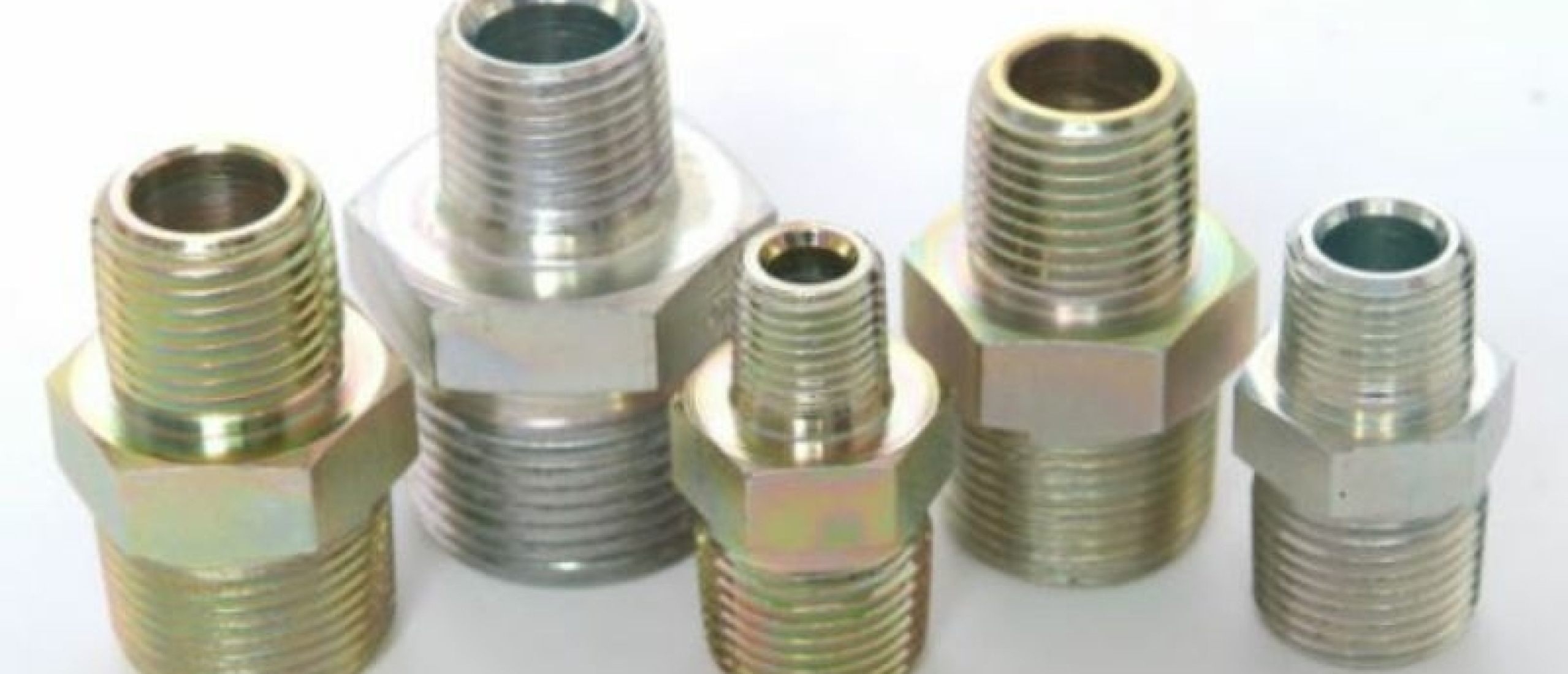
What are adapters? | Lubripedia
An adapter is a mechanical fitting or connector used to join two components that have different thread types, sizes, or connection styles.
Adapters make it possible to connect hoses, pipes, or equipment that would otherwise be incompatible.
They are widely used in lubrication, hydraulic, pneumatic, and fluid transfer systems.
Function of adapters:
The main function of an adapter is to create a secure and leak-free connection between different components.
Adapters help to:
- Match different thread sizes or types (for example, BSP to NPT).
- Connect rigid pipes to flexible hoses.
- Facilitate easy assembly and disassembly during maintenance.
- Prevent leaks and ensure proper flow direction in systems.
- Enable the use of standard components in custom installations.
In lubrication systems, adapters are often used to connect grease fittings, oil lines, or sampling ports.
Types of adapters:
There are many types of adapters, depending on the connection and system type:
- Thread adapters – convert one thread type or size to another.
- Hose adapters – connect flexible hoses to rigid pipes or fittings.
- Quick-connect adapters – allow fast and easy coupling or uncoupling.
- Grease fitting adapters – connect grease guns to lubrication nipples or hard-to-reach fittings.
- Hydraulic adapters – designed for high-pressure systems and strong sealing performance.
Each type is made to handle specific pressure ratings, fluids, and environmental conditions.
Materials and design:
Adapters are typically made from brass, stainless steel, carbon steel, or aluminium depending on the application.
They are precisely machined to ensure a tight, reliable seal and may include O-rings, compression fittings, or tapered threads.
For corrosive or outdoor environments, nickel-plated or coated adapters are often used.
Applications:
- Lubrication and oil transfer systems.
- Hydraulic and pneumatic systems.
- Fuel and chemical handling.
- Industrial machinery and heavy equipment.
- Maintenance and repair operations.
Adapters are essential for ensuring compatibility and reliability across different system components.
Maintenance and best practices:
- Always check thread type and size before installation.
- Avoid over-tightening to prevent damage or leaks.
- Inspect regularly for signs of wear, corrosion, or leakage.
- Replace damaged or stripped adapters immediately.
- Use the correct sealing materials (such as thread tape or sealant) when required.
Proper installation and maintenance of adapters help maintain system integrity and prevent fluid loss.
